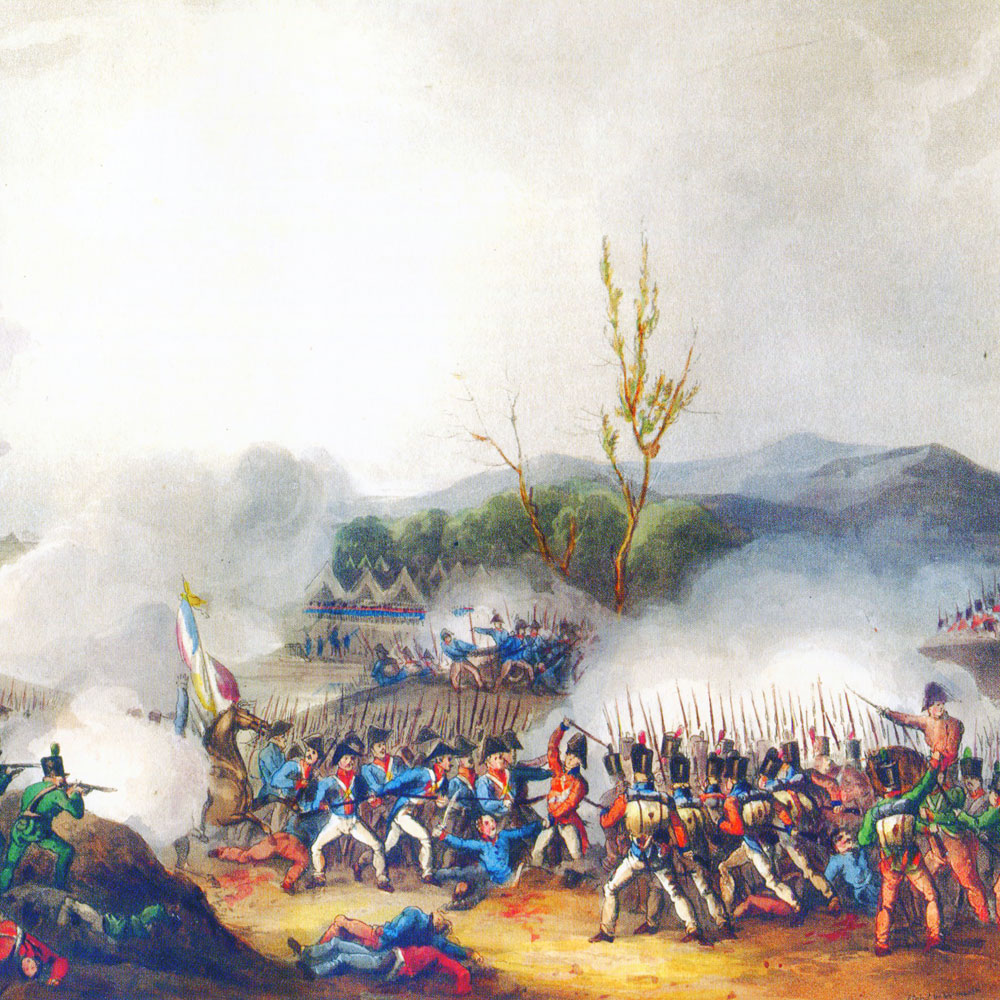The Battle fought on the last day of the crossing of the River Nive by Wellington’s army, on 13th December 1813; described as some of the fiercest fighting of the Peninsular War
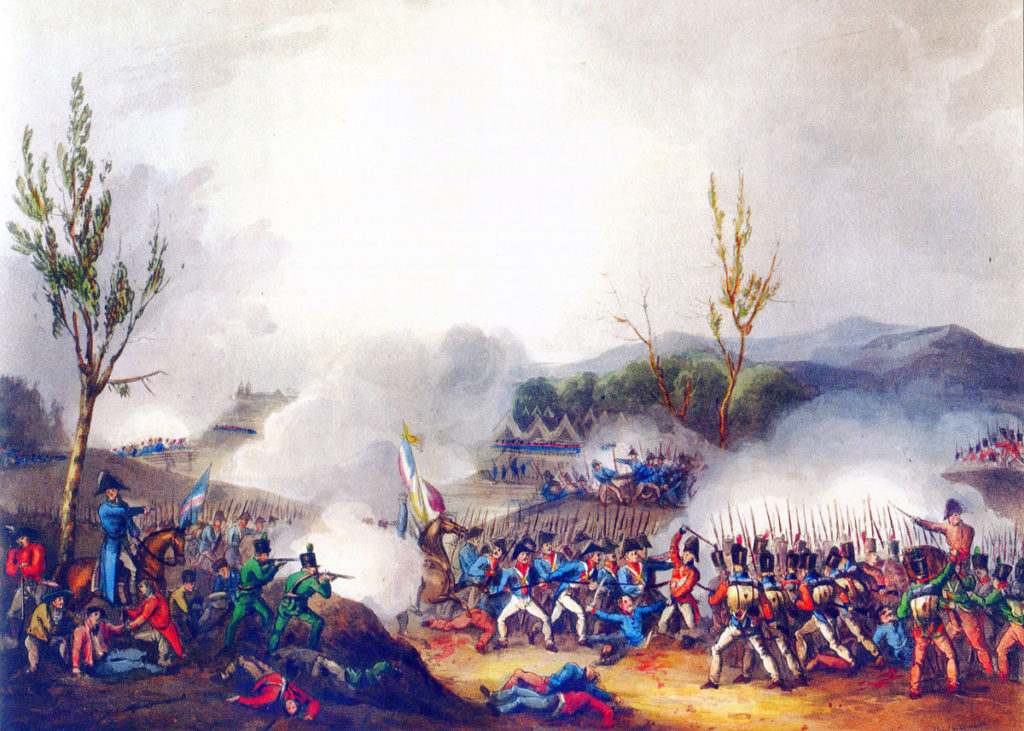
47. Podcast on the Battle of St Pierre, fought on 13th December 1813 in the Peninsular War, the last day of the crossing of the River Nive by Wellington’s army; described as some of the fiercest fighting of the war: John Mackenzie’s britishbattles.com podcasts
The previous battle of the Peninsular War is the Battle of the Nive
The next battle of the PeninsularWar is the Battle of Orthez
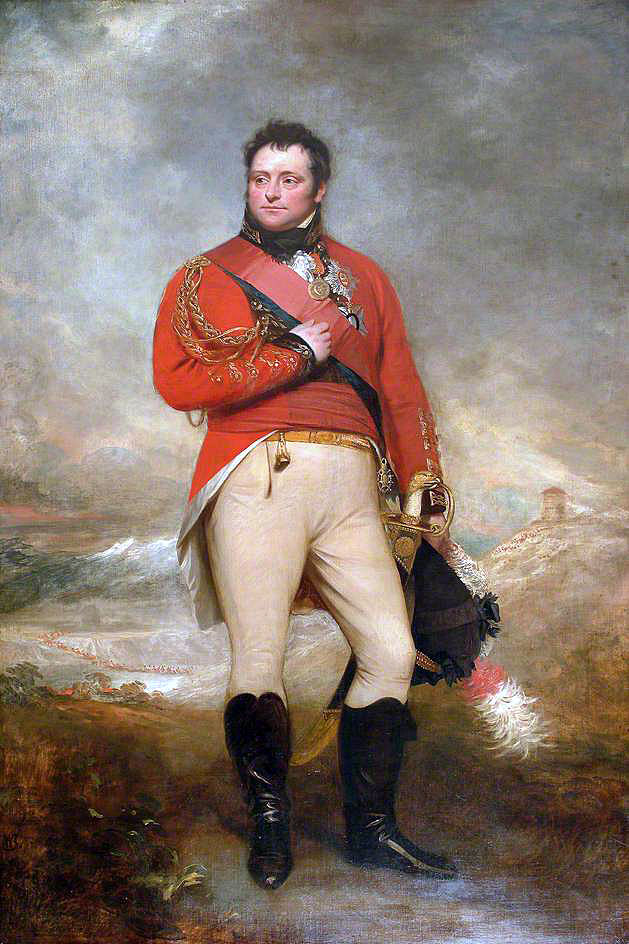
War: Peninsular War
Date of the Battle of St Pierre: 13th December 1813
Place of the Battle of St Pierre: Just east of Bayonne, between the rivers Nive and Adour, in the south-west corner of France, near the Spanish border.
Combatants at the Battle of St Pierre: British, German, Portuguese and Spanish troops against the French.
Commanders at the Battle of St Pierre: Major General Sir Rowland Hill commanded the British and Portuguese corps on the north bank of the River Nive that resisted Marshal Soult’s assault.
Size of the armies at the Battle of St Pierre: At the Battle of the Nive, Wellington commanded an army of 90,000 British, Portuguese and Spanish troops.
Soult commanded 67,000 French troops
Winner of the Battle of St Pierre: Hill’s Corps defeated the attack by Soult’s divisions and drove the French back into Bayonne.
Background to the Battle of St Pierre: On the first day of the Battle of the Nive, 9th December 1813, General Hill crossed to the east bank of the River Nive with his corps and established positions between Villefranque and Petit Mouguerre.
On the second day of the Battle of the Nive, 10th December 1813, Marshal Soult seized the advantage given by Wellington’s division of his forces on each side of the swollen River Nive and launched an unexpected counter-attack from the fortified town of Bayonne on Wellington’s divisions along the coast of the Bay of Biscay.
This attack was contained and repelled. Soult followed with a second attack along the Biscay coast on 11th December 1813. This attack co-incided with heavy rain which prevented reinforcements from crossing the River Nive until late in the day. Again the French attack was held and forced back into Bayonne.
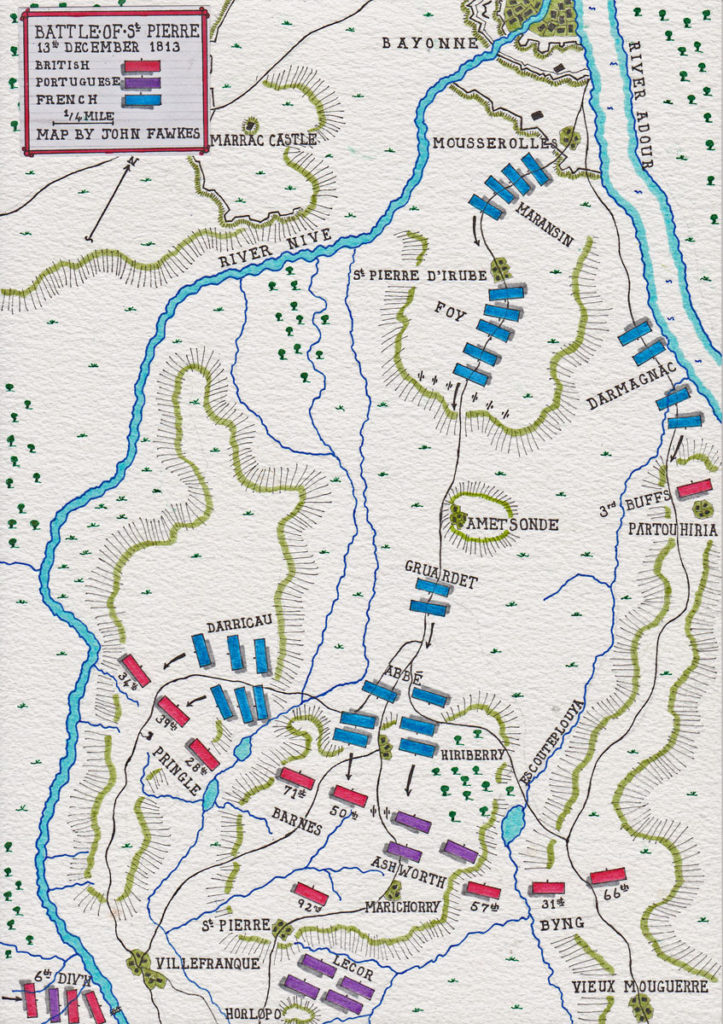
Battle of St Pierre on 13th December 1813:
On the east bank of the River Nive, an advance by Pierre Soult’s Division of Dragoons and Paris’s infantry towards Urcuray, although repelled by Morillo and his Spanish troops, caused Hill to despatch a brigade to support Morillo.
Marshal Soult decided that his next move should be on the east bank of the River Nive, against Hill.
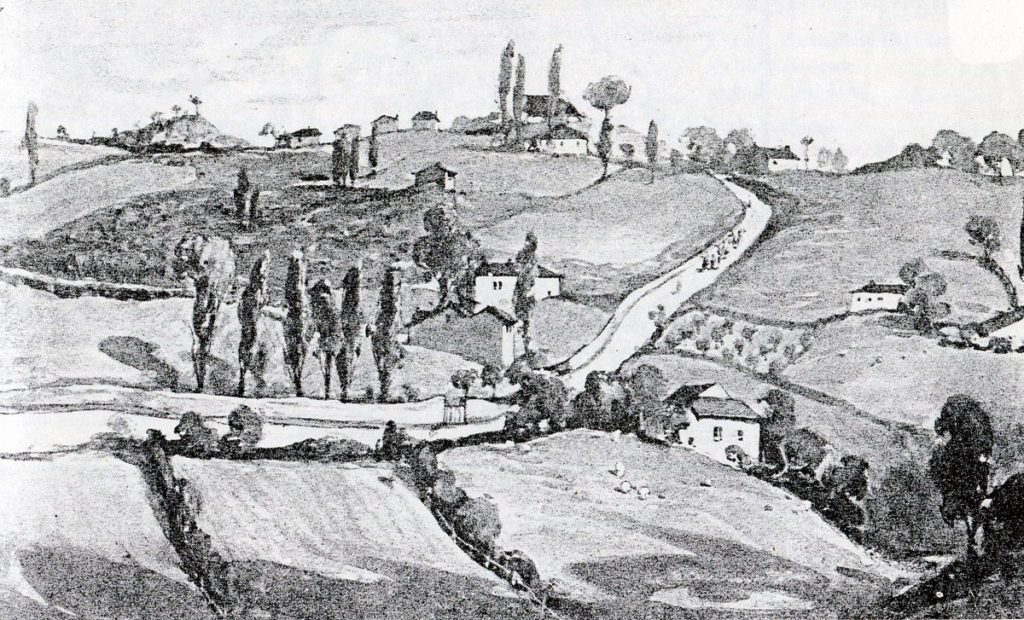
In the evening of 12th December 1813, Soult assembled Foy’s, Abbé’s, Darmagnac’s and Darricau’s Divisions at the entrenched camp of Mousserolles for an attack on Hill, led by Clausel, the next day.
Anticipating such a move, Wellington put the Sixth and Seventh Divisions on notice to cross the River Nive in support of Hill.
Over the night of 12th December 1813, heavy rain fell and the new bridge at Villafranque was swept away, leaving Hill isolated to meet the French attack.
Hill’s corps occupied an arc along high ground from the River Nive to the River Adour, with the road from Bayonne to St Jean Pied de Port running through its centre.
On Hill’s left stood Pringle’s Brigade of Stewart’s Second Division (1st/28th, 2nd/34th, 1st/39th Regiments and 1 Co. of 5th/60th).
East of Pringle was the main road and the position held by Ashworth’s Portuguese Brigade (6th, 18th Regiments and 6th Caçadores). 12 guns were positioned by the road.
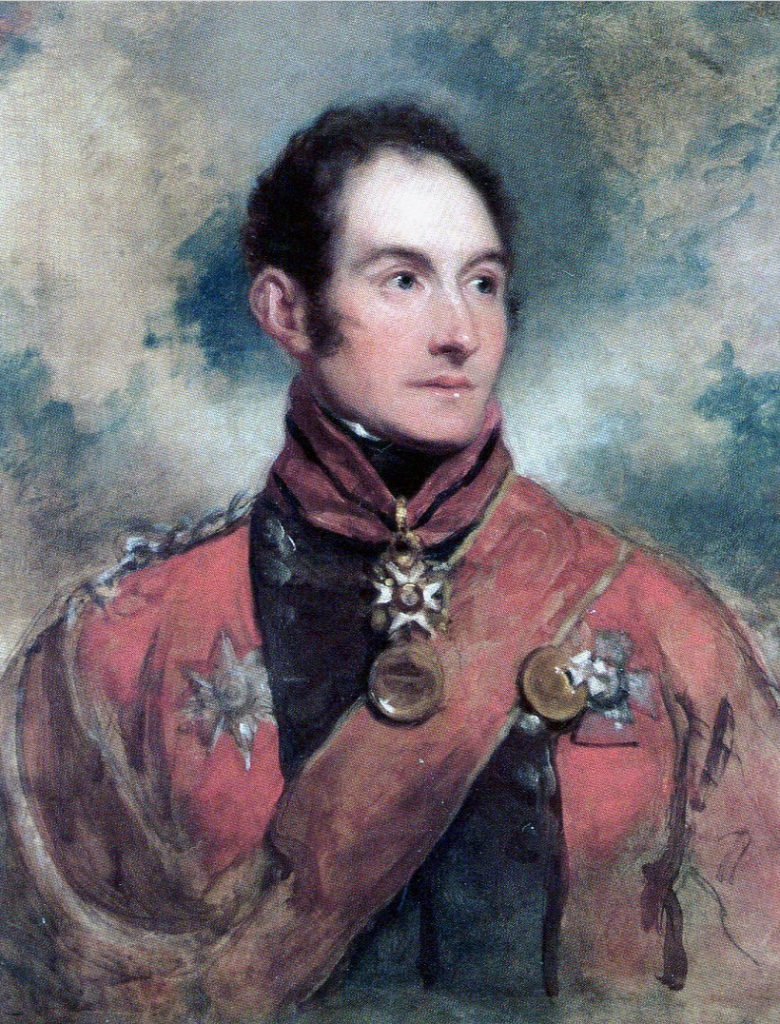
Barnes’ Brigade (1st/50th, 1st/71st, 1st/92nd Regiments and 1 Co of 5th/60th) also occupied the centre of Hill’s position.
Lecor’s Portuguese Division (2nd, 4th, 10th, 14th Regiments and 10th Caçadores) was in the rear as the reserve.
The 3rd Old Buffs held an exposed position well forward on the right, on a spur of high ground, the Hill of Partouhiria, overlooking a stream.
The French line was along high ground based on the village of St Pierre d’Irube.
The area in which the battle was fought was marked by hills and basins.
Soult sent forward in the assault on Hill’s position six divisions, of which five were engaged, Sparre’s Brigade of cavalry and 30 guns.
D’Erlon commanded the assault with the divisions of Darmagnac, Abbé and Darricau.
The divisions of Foy, Maransin and Taupin remained in support.
At 6.30am, Abbé’s Division led the advance out of St Pierre d’Irube down the main road, with Darricau’s Division on his right and Gruardet’s Brigade of Darmagnac’s Division on his left.
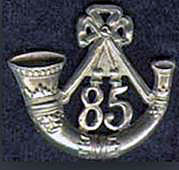
Sight of the French advance was partially concealed by the morning mist.
At around 8.30am, the French troops pushed the British outposts back and battle was engaged.
Hill took up a position on the Knoll of Horlopo, behind his centre. Stewart, the divisional commander, went to the village of St Pierre.
As his infantry advanced, D’Erlon’s artillery unlimbered below St Pierre d’Irlube.
Abbé’ Division attacked Ashworth’s Portuguese brigade, positioned in front of the village of Marichorry, forcing Hill to bring forward the 71st Highland Light Infantry and 2 guns on the Portuguese left and half of the 50th Regiment on their right.
Companies of the 92nd Highlanders moved into Marichorry.
Ashworth, with this assistance, retook a wooded area called Hiriberry on his right, but Abbé renewed his main attack and pushed Ashworth off the crest of the hill.
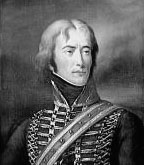
Colonel Cameron led his 92nd Highlanders in an attack down the Great Road and drove the French back.
D’Erlon responded by committing a battery of horse artillery, while Abbé’s second brigade renewed its impetuous attack and drove the 92nd back behind the village of St Pierre.
The Portuguese artillery were in the process of retiring, when General Barnes ordered them to resume firing at any cost.
On Hill’s left, Darricau’s Division closed with Pringle’s regiments. On his right Darmagnac advanced on Byng’s Brigade.
By a curious coincidence, as Fortescue puts it, ‘on each flank-a rare thing in any army- there was a British regimental commander whose nerve failed him’.
On Ashworth’s left, Colonel Sir Nathaniel Peacock took his 71st Regiment back from its vital position covering the Portuguese flank.
On Hill’s extreme right, Colonel Bunbury withdrew the 3rd Old Buffs from its advanced position at the end of the high ground, allowing Darmagnac’s leading brigade to advance around Barnes’s right flank.
Barnes and Ashworth had by now been seriously wounded.
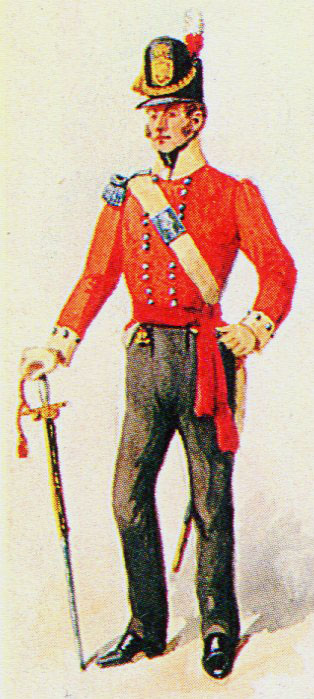
Only the determined resistance of the 6th Caçadores in Hiriberry Wood held back the French advance in the centre.
The French had also suffered heavily. General Maucombe of Abbé’s Division was a casualty and the French attack had lost its edge.
Hill and Stewart launched a counter-attack with the 71st, keen to return to the fray and De Costa’s Brigade of Lecor’s Portuguese Division, driving the French back.
Cameron again led the 92nd to the attack, from the village of St Pierre, led by their pipers.

Seeing the retreat of Abbé’s men, Darricau’s Division also fell back from its attack on Pringle.
On the right, Hill committed Lecor’s second Portuguese brigade. The commander, Colonel Buchan, rallied the 3rd Buffs and led them back along the ridge to Partouhiria.
As in the case of the 71st, the Buffs had been in consternation at Bunbury’s withdrawal and returned to the attack with enthusiasm.
Following Lecor’s troops came General Byng with the Provisional Battalion and the 57th Regiment.
Hill had now committed all his troops to the front line and was left with no reserves.
On the French side, only two and a half divisions were in action of the five earmarked for the attack on Hill.
Soult ordered forward Gruardet’s Brigade and Foy’s Division from St Pierre d’Irube, but these formations could make no headway through the mass of defeated French troops falling back from the failure of their attack on Hill’s line.
At around 1pm, with the bridge at Villefranque restored, the British Sixth Division was over the River Nive and advancing on Horlopo with the Fourth Division following.
Two more brigades from the Third and Seventh Divisions were moving to cross the river.
Soult’s opportunity to defeat Hill was slipping away.
The final episode of the battle was an all-out assault by Hill’s troops on the Knoll of Ametsonde, held by Gruardet.
Byng led his brigade in the attack, personally seizing the Regimental Colour of the 31st Regiment and heading the charge up the hillside. The French artillery hurriedly abandoned the hilltop leaving one gun.
Maransin attempted to reinforce the French infantry on the hilltop, but Byng drove them back, together with those of Abbé’s Division still on the hilltop.
On Hill’s left, Pringle advanced with his brigade, until they were firing directly into St Pierre d’Irube and across the river into the entrenched camp of Mousseroles.
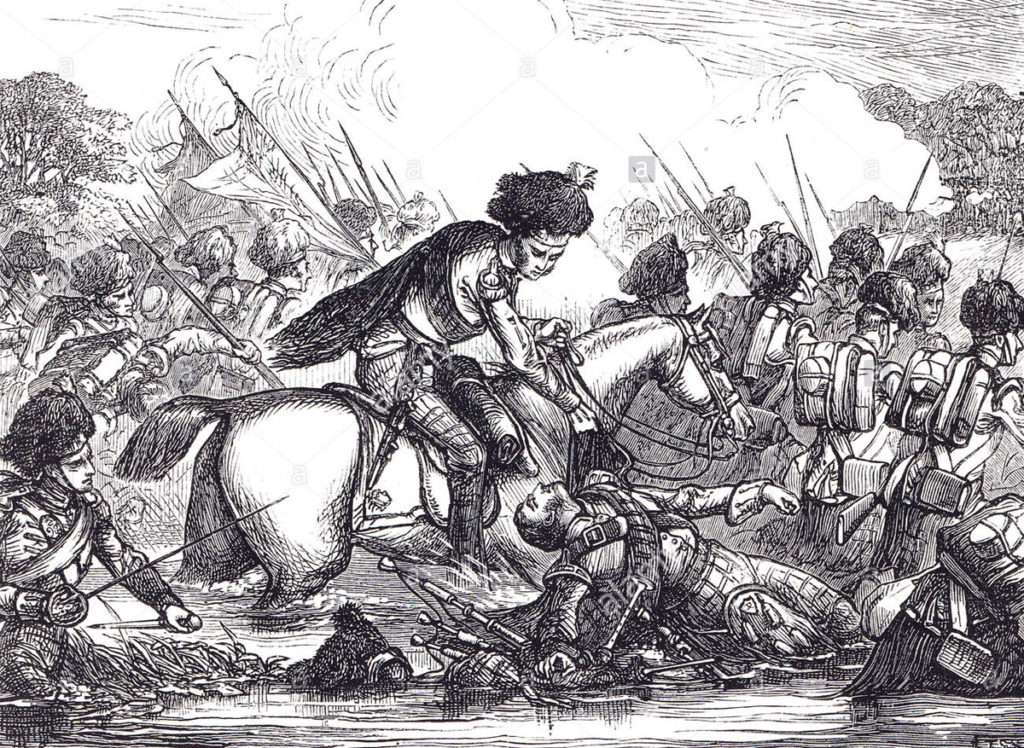
Soult’s attack on Hill had been repelled. As Wellington pointed out, the victory was Hill’s alone.
Fortescue describes the Battle of St Pierre as ‘bloody and well contested as any of the Peninsular War.’
Casualties in the Battle of St Pierre:
Soult admitted to losses of 3,000 killed, wounded and captured.
The three divisions of D’Erlon suffered most casualties, particularly Abbé’s Division in which the 94th of the Line lost 22 officers and 368 men.
British casualties were 906.
The Portuguese lost 52 officers and around 700 men.
Generals Barnes and Ashworth were severely wounded and almost every officer on Barnes’ and Stewart’s staff received a wound.
Total French casualties in the five days of fighting during the Battle of the Nive amounted to 5,650 of whom 400 were captured.
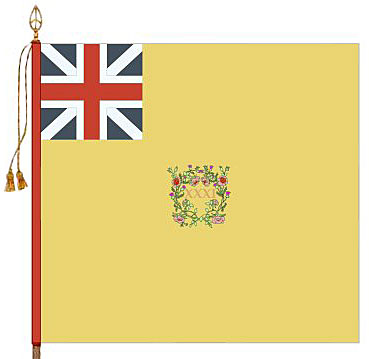
The Aftermath to the Battle of St Pierre:
The immediate consequence of the battle was that the French army was shut up in Bayonne.
Battle Honours and Medal for the Battle of St Pierre:
The Battle of the Nive, of which the Battle of St Pierre was a part, is a clasp on the 1847 General Service Medal.
The Battle of the Nive, of which the Battle of St Pierre was a part, is a battle honour for the following British regiments: 16th Light Dragoons, 1st, 2nd and 3rd Foot Guards, 1st, 3rd Buffs, 4th King’s Own, 9th, 11th, 28th, 31st, 32nd, 34th, 36th, 38th, 39th, 42nd Royal Highland Regiment, 43rd Light Infantry, 47th, 50th, 52nd Light Infantry, 57th, 59th, 60th Rifles, 61st, 66th, 71st Highland Light Infantry, 76th, 79th Cameron Highlanders, 84th, 85thLight Infantry, 87th, 91st Highlanders, 92nd Gordon Highlanders and 95th Rifles.
Anecdotes and traditions from the Battle of St Pierre:
- The naming of the fighting on the last day of the Battle of the Nive, on 13th December 1813, created some confusion. The locals living in the village central to the battle called the village ‘St Pierre’, probably giving rise to the name of the day’s combat. Fortescue rejected this name for the village and refers to the village as ‘Losterena’, to avoid confusion with St Pierre d’Irube. In the above account the village is called ‘St Pierre’.
- General Byng was permitted to wear on his family coat of arms a representation of the Regimental Colour of the 31st Regiment by the King, in recognition of his conduct at the Battle of St Pierre.
- Napier reports that when Lord Wellington’ adc Lieutenant Currie rode up to the regiments in Hill’s centre with the order to advance, he could find no senior officer still unwounded. Currie led the advance himself.
- Lieutenant Colonel W.H. Bunbury landed with the 1st/3rd Old Buffs at Lisbon in 1809 and served with the regiment through the Peninsular War, with a period of absence. Bunbury was not with the regiment at the Battle of Albuera, being in command of a group of detachments. Following his unauthorised and much despised withdrawal of the regiment from its exposed position at the Battle of St Pierre, Bunbury returned to England and subsequently sold his commission in the 3rd Old Buffs.
References for the Battle of St Pierre:
See the extensive list of references given at the end of the Peninsular War Index.
47. Podcast on the Battle of St Pierre, fought on 13th December 1813 in the Peninsular War, the last day of the crossing of the River Nive by Wellington’s army; described as some of the fiercest fighting of the war: John Mackenzie’s britishbattles.com podcasts
The previous battle of the Peninsular War is the Battle of the Nive
The next battle of the PeninsularWar is the Battle of Orthez
